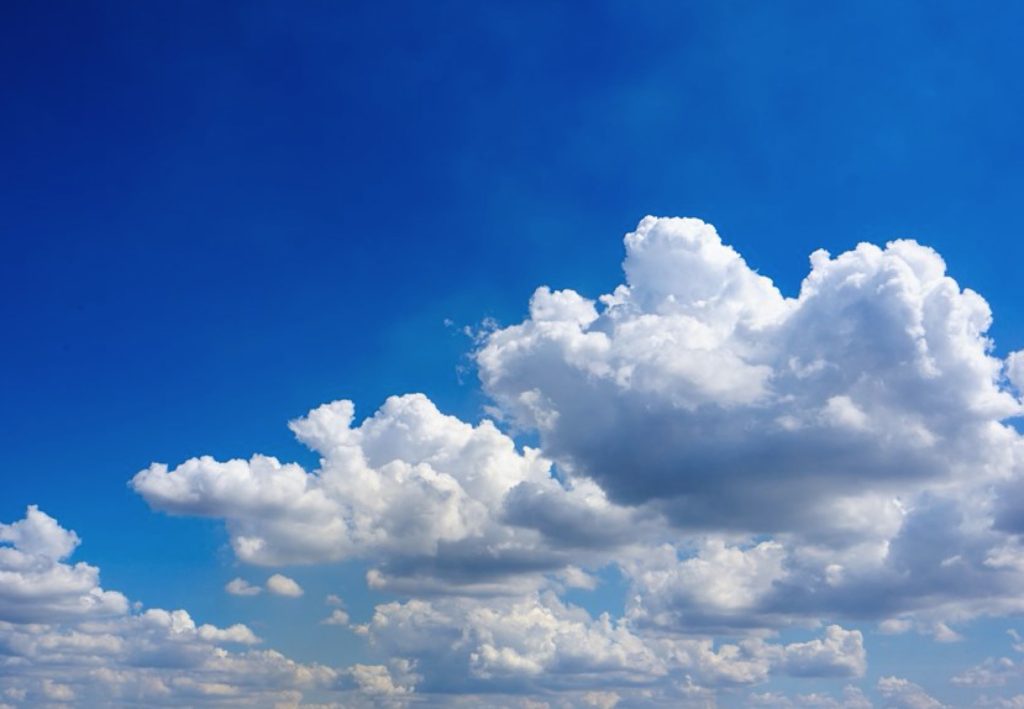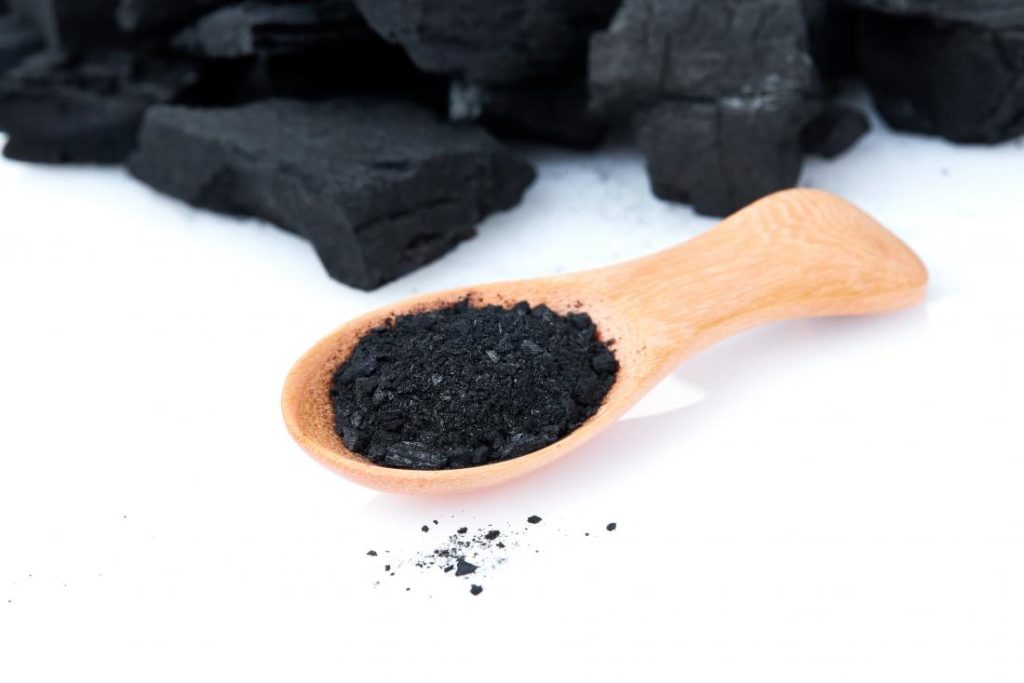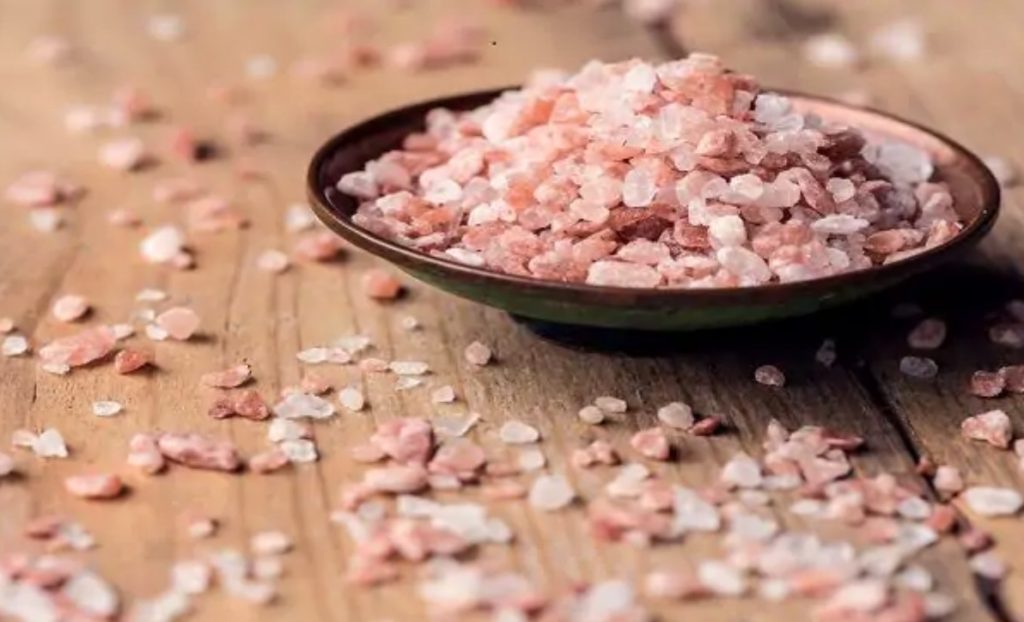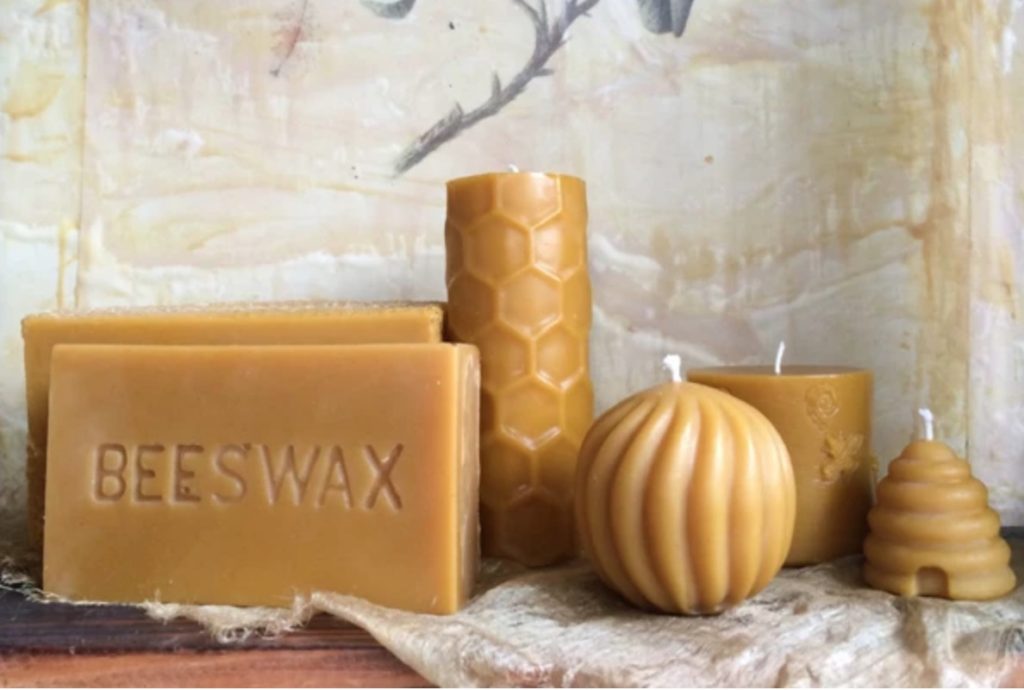Although air quality might not seem like an important issue, you have probably experienced symptoms of the sick building syndrome. High levels of carbon dioxide in the air and accumulated moisture provoke headaches, fatigue, allergies and asthma, and this makes you feel quite irritated, too. These symptoms are often disqualified as mood swings or “having a bad day”, but they are crucial to be recognised as an issue with air quality.

Using air purifiers full of chemicals can also reduce indoor air quality, since these chemicals can provoke all sorts of unwanted reactions. Chemicals are somewhat toxic and they can be potentially harmful if you breathe them in too often. Luckily, there are ways to purify the air in your home without using any excess chemicals. There are many more natural ingredients that you can use as purifiers that would make this list endless, but we tried to focus on the best solutions.
Keep reading to find out how to make changes towards a healthier home.
Check the Air-conditioning Circuits

Air-conditioning is one of the most useful (and most used) electrical devices in the history of time. It’s no wonder that AC popularity is only continuing to rise due to global warming, and especially in seaside and tropical countries. Since AC is becoming affordable and more user-friendly, it’s important for you to know how to treat it so that it doesn’t provoke lung problems. First of all, you need to check the circuits. A powerful AC needs more electrical power, so you should call an electrician to help you with it, someone who can provide reliable electrical installations, underground repairs and power checkups.
Clean the AC Regularly
Next, you should think about cleaning and servicing your AC regularly. By picking up all the dust and mold from the air, ACs can get very dirty and start polluting the air. They can even circulate toxins in an unfortunate event of toxic gas leaks. Clean your AC with alcohol on your own at least once every two weeks when you use it most frequently, and call for service cleaning at least once a month.
Remember to Open Windows

Nothing cleans the air as good as a fresh breeze. It might be inconvenient to open windows in the middle of the day due to humidity or sunshine but you should find ways to do it anyway. Replace old, worn out windows with new, double-glazed ones that keep the temperature of the room stable, and also save you a lot of energy you would use on heating and cooling.
Go Green

There is a widely popular, yet utterly untrue myth about plants “stealing” the oxygen from you during the night. Yes, plants do take in oxygen when there is no sunlight, but they do so in such a low intensity that it couldn’t possibly harm you. Plants are much more useful for air quality than they are a hazard. Try making your home an eco-friendly environment by adding some plants. Another way to incorporate plants in your home is by creating a kitchen garden. You can simply put a few pots on your windowsill if you don’t have much space, or you can make yourself a grandiose garden full of all the necessities you usually use for cooking, like mint or parsley, for example.
Natural Air Purifiers- Charcoal

Activated charcoal and bamboo charcoal work as purifiers thanks to their incredible absorptive powers, which enable them to draw in all the toxins from the air, as well as allergens and bacteria.
Million-year-old Salt

It’s amazing how today you can have a piece of planet Earth in your home that is hundreds of millions of years old. Himalayan salt is an amazing purifier when heated, which is why salt lamps have immense purifying power. Heated salt releases negative ions which are known to neutralise pollutants in the air.
Beeswax

Beeswax candles also release negative ions, and burn with almost no smoke or scent. They’re very efficient in eliminating common allergens like dust and dander. Even though they are more expensive than regular candles, they burn really slow, so you don’t have to replace them often.
*extracted from designlike. Images courtesy of the internet
